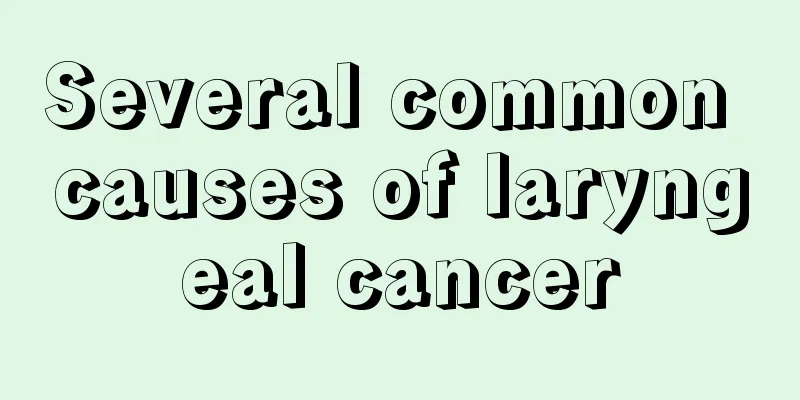What are the common symptoms of testicular cancer

|
First of all, the incidence of testicular cancer is not high, accounting for only about 1% of all male-specific cancers. However, rare does not mean non-existent. When there is a testicular disease, it needs to be taken seriously and not be taken lightly. Cancer should be based on the principle of early detection, early diagnosis, and early treatment. Today, I will introduce to you the common symptoms of testicular cancer. The most common symptom is a gradual, painless enlargement of the testicles with a feeling of heaviness. The enlarged testicles of seminoma often maintain the testicular contour and have a consistent texture, while teratoma is nodular and has inconsistent hardness and softness. About 10% of patients feel pain due to intratesticular bleeding or infarction, and 10% of patients may have metastatic symptoms, such as large retroperitoneal lymph node metastasis, compression of nerve roots, back pain, lung metastasis may cause cough and dyspnea, duodenal metastasis may cause anorexia, nausea and vomiting, bone metastasis may cause bone pain, etc. Testicular Leydig cell tumor should be considered when children have testicular masses and symptoms of precocious puberty, or adults have gynecomastia and loss of libido. Most men with testicular cancer present with a swollen testicle. Associated symptoms include heaviness or pain. Severe pain is rare. Because testicular cancer often causes a decrease in sperm count, men occasionally present with infertility. About 25 percent of men present with symptoms caused by metastatic disease. Symptoms of metastatic disease may include back pain, shortness of breath, chest pain, or coughing up blood. Testicular tumor is one of the common tumors in urology. It is almost always malignant, and there are three peaks in the age of onset: yolk sac tumor (infantile embryonal tumor) is the most common in infancy; various types of testicular tumors can be seen between the ages of 20 and 40, but seminoma is still the most common, and seminoma is the main tumor after the age of 70. Its cause is still unclear, and it is currently believed that its onset is related to both genetic and acquired factors. Among them, it is most closely related to cryptorchidism. The chance of cryptorchidism developing tumors is 10 to 14 times greater than that of normal people. Cryptorchidism in the abdominal cavity is higher than that in the groin. Testicular fixation does not reduce the incidence of malignant changes, but it can make tumors easier to detect. |
<<: Symptoms of testicular cancer
>>: What are the symptoms of testicular cancer
Recommend
What to do if you are bitten by fleas
Friends who have pet dogs or cats at home may eas...
What are the side effects of ablation
Medical technology has been constantly improving,...
Is it better to take contraceptive pills before or after meals?
Nowadays, people's sexual concepts are gradua...
What tests should be done for prostate cancer? There are 4 tests to be done for prostate cancer
Male friends are no strangers to prostate cancer,...
Smelled musk in early pregnancy
When a woman is pregnant, she needs to pay attent...
What to do if you can't stop your nosebleed
In daily life, many people have experienced noseb...
How to improve the quality of sleep at night?
The pressure of urban life is getting greater and...
Clear cell sarcoma of soft tissue?
Soft tissue clear cell sarcoma is generally a mal...
How long can you live without lung cancer spreading
How long can you live without lung cancer spreadi...
What does chest pain feel like with lung cancer
What does chest pain from lung cancer feel like? ...
Medicine that won't make you drunk
There are often occasions around us for socializi...
What to do if your face turns red and hot when using air conditioning
Redness and hotness of the face caused by air con...
Drinking water from four types of cups is dangerous
Everyone needs to drink water every day, especial...
Can hyaluronic acid be injected into the tip of the nose?
Loving beauty is every woman's nature. In thi...
Physiological floaters
There are many types of common diseases, and we n...









